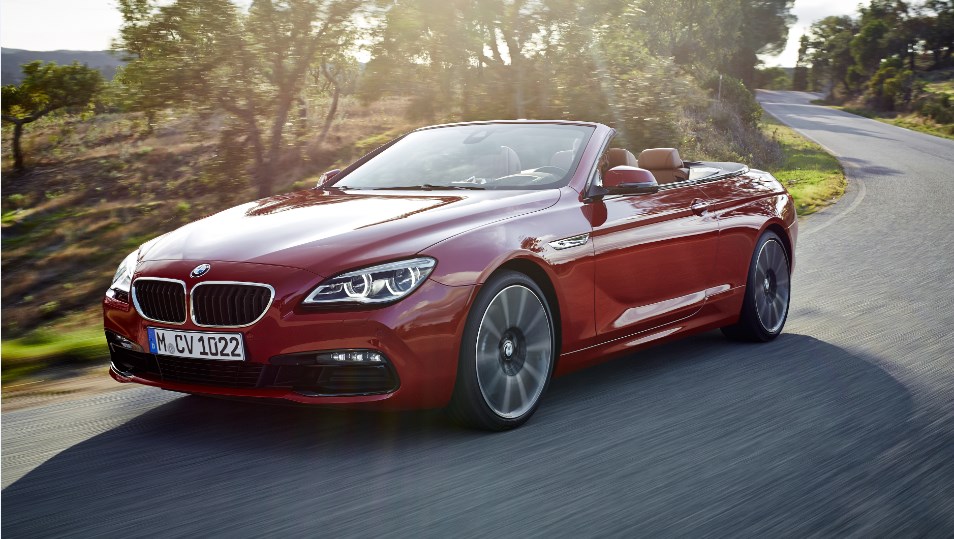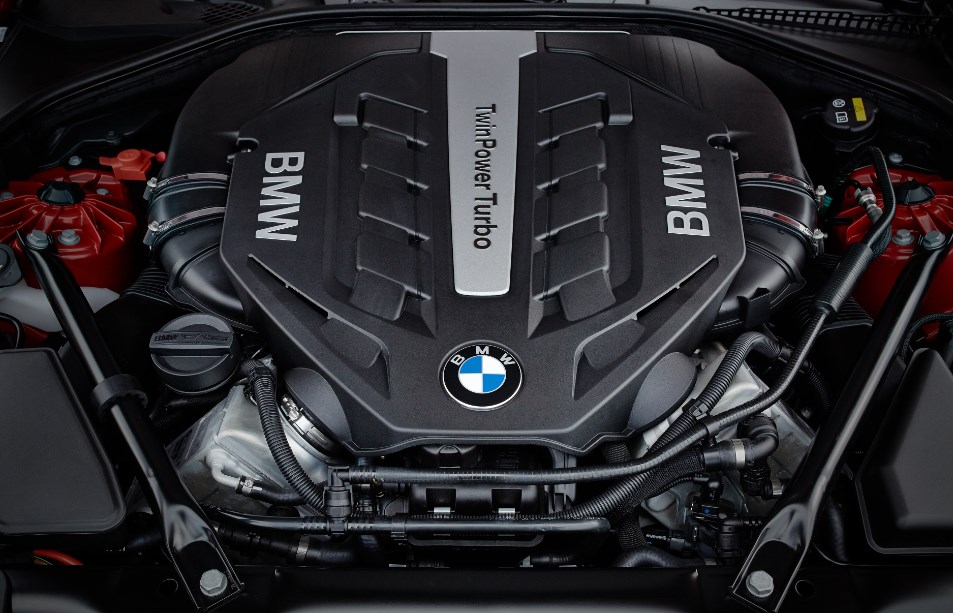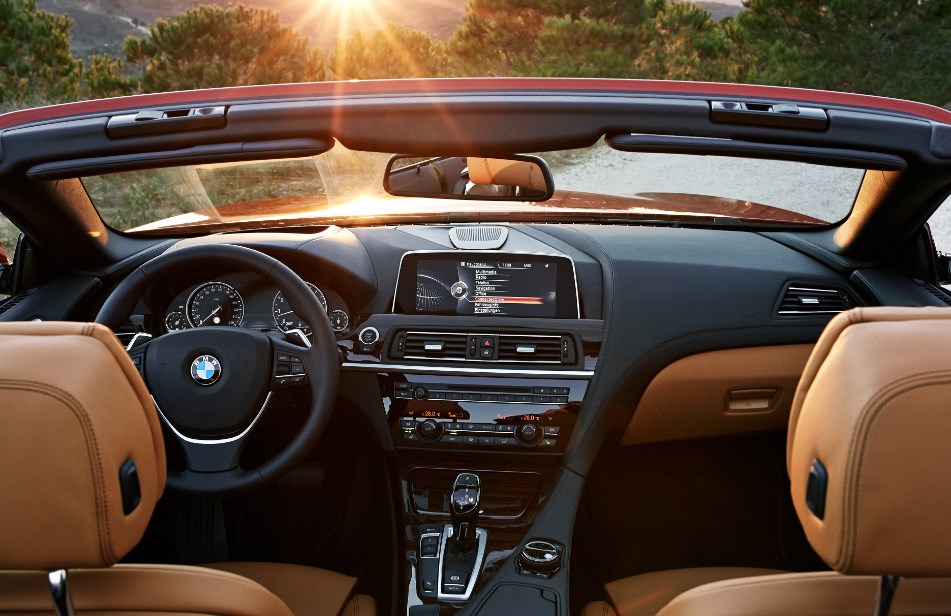Test Drive – 2016 BMW 650i xDrive Cabriolet

The 6-series is a unique proposition from BMW filling the brand’s void of a high-end coupe in its line-up. Making its debut in 1976, the model was discontinued at the end of the 1980’s only to be resurrected in 2003. And what a comeback it was.
The 6-series featured a sporty exterior accentuated by drooping taillights and BMW’s second implementation of the controversial split trunk lid designed by Chris Bangle, after the E65 7-series. The 6-series gave the now-defunct Mercedes CL coupe a run for its money.
The third-generation of the 6-series, launched in 2011, is a physical representation of what a 7-series coupe would look like sans two doors. With its low profile and sweeping styling, the new 6-series is a strong contender against current Mercedes high-end coupes like the SL and the S-class coupe. For those who need more room than the SL’s two seats, and can’t imagine spending over $150,000 on a 2-door S-Class, the 6-series is a perfect blend of space and value in the high-end segment. One might even argue that the 6-series, like the X6, is inventing its own category by providing a unique offering. Luckily, I had the opportunity to get behind the 6-series to put it to the test.

My tester was a 650i convertible equipped with a twin-turbo, 4.4-litre eight-cylinder engine outputting 445 hp at 5,500 rpm. Those wanting a smaller engine would have to trade out two cylinders for two more doors, as the 4-door Gran Coupe is the only 6-series offered with a 3-litre six-cylinder engine.
Both engine choices are paired with ZF-derived eight-speed automatics as standard equipment. This lively transmission shifts rapidly between gears, and does a fantastic job of matching the driver’s throttle requirement with the relevant gear. Those seeking a clutch pedal for some shifting pleasure will be hard-pressed to find one on anything less than an M6.
The 650i has had a mid-cycle refresh since its third-generation launch, but only a true BMW aficionado can point out what’s changed. While the changes are mild, the original futuristic design still proves timeless, and still very much in line with the latest 7-series design language. The minor design changes include a refreshed air intake and an updated kidney grille. The headlights have also been updated, moving the turn signals to the top and aiding to a slimmer profile. Adaptive LED headlamps are now standard and have a beautiful fade effect when they are toggled. All else is consistent with the pre-refresh model, which is a good thing.

Stepping inside, one will notice the flawless blend between design and technology. It’s great that BMW stuck with the myriad of buttons inside the cabin to control everything from the radio to the climate control, instead of assigning it all to the iDrive system. The iDrive system itself has a very executive feel with its slick interface and large dial – all displayed on a 10.2-inch super wide non-touchscreen. The dashboard features another 10.2-inch digital display that's partially covered to make the gauges look realistic. Toggling between the driving modes brings the digital dash to life, displaying different gauges depending on what information is relevant to the driving experience.
What I enjoy most about mid-to-high range BMWs is the configurable and highly responsive driving modes. There are five driving modes: Sport+, Sport, Comfort, Comfort+, and EcoPro. On EcoPro, the on-board computer limits the response level between the throttle and the engine, while also limiting the RPMs. Even under this fuel-efficient mode, pushing hard on the throttle for longer, temporarily disengages the EcoPro mode and the engine outputs more power to meet the driver’s requirement. Sport+ on the other hand just brings out the raw power of the engine and an unadulterated relationship between the engine and the throttle comes to life. The ZF transmission performed consistently fast under all modes, although its quick shifts and high notes were most notable in Sport+.

With its 5-series derived platform and massive twin-turbo V8 engine, the 650i is not a light car by any means. This heavyweight weighs 300 kilograms more than the 449 horsepower V8 Mercedes SL550. Even with its much heavier body, it still manages to do 0-100 km/h run in close to 4.2 seconds, compared to the SL’s 4.1 time.
Overall, the 6-series is a distinct high-end offering for the discerning car buyer in the market for a unique product. With its athletic styling and driver-centric performance – all in a relatively spacious package, it offers the sheer driving pleasure and brand distinction craved by the affluent alike.
- Published in CAR REVIEWS
